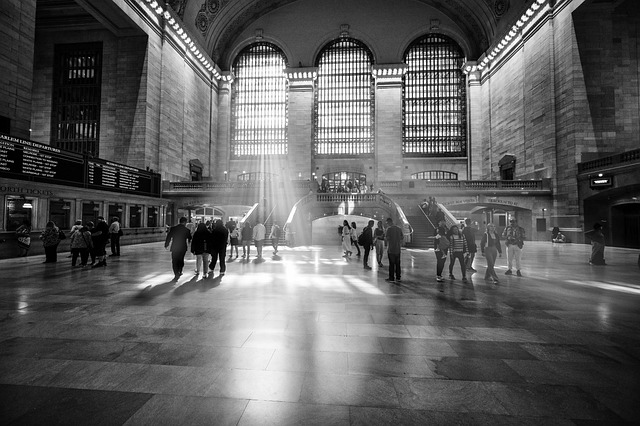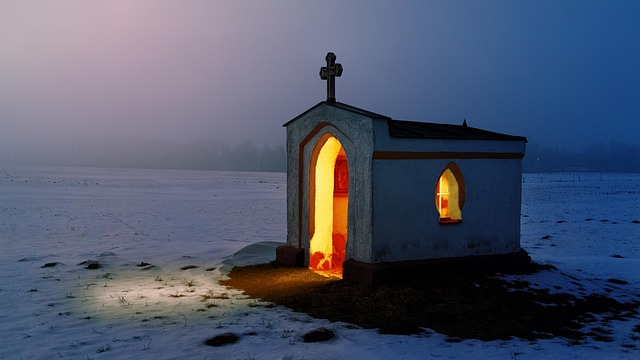When it comes to photography, one of the most crucial elements that can make or break a shot is lighting. Among the various types of light, central light holds a unique charm and versatility, offering photographers the ability to create captivating images that evoke emotion and intensity. Understanding how to effectively harness this type of light can elevate your photography to new heights.
Central light is essentially the dominant light source in a scene, often coming from above or from the front. This kind of light can help to define forms and textures within your photos, highlighting the subject and giving it depth. Whether you are shooting portraits, landscapes, or still life, utilizing central light can enhance your subject’s features and create a natural glow that draws viewers in.
One of the key aspects of working with central light is knowing your camera’s settings and optics. A proper understanding of your camera’s aperture can significantly influence how central light interacts with your subject. By adjusting the aperture, you can control how much light enters the camera, yielding a shallow depth of field that beautifully blurs background distractions while keeping your subject in sharp focus.
In portrait photography, for instance, it’s essential to position your subject correctly in relation to your light source. Central light can be your best friend when it’s positioned to cast soft, flattering shadows that accentuate the bone structure of your subject. Remember to experiment with angles; sometimes, a slight adjustment in positioning can completely transform the mood of your shot.
Beyond exposure settings, lens choice also plays a critical role in manipulating light. Fast lenses with wide apertures will allow you to shoot in lower light conditions while maintaining a high-quality image. A quality lens can capture the nuances of central light, revealing textures and details that can often be overlooked with inferior optics.
Additionally, using reflectors can amplify the effects of central light, allowing you to fill in shadows and create a more balanced exposure. A simple white or silver reflector can redirect natural light to enhance your subject without overpowering the central light’s natural beauty. This technique is particularly effective in outdoor photography, where the sun can be the principal source of your light.
It’s also worthwhile to consider the time of day you opt for your outdoor shoots. The golden hours—shortly after sunrise and before sunset—provide a stunning natural central light that can render your images breathtakingly beautiful. The warm tones during these hours can imbue your photographs with a sense of peace and serenity, making them resonate with anyone who views them.
If you are working with artificial light sources, you can replicate the effect of central light with the use of softboxes or ring lights. These tools allow for diffused, even lighting that mimics the flattering effects of natural light. When using flash, positioning can be key. To achieve that central light feel, try to balance your artificial light with surrounding ambient light to maintain a natural look.
Ultimately, the magic of photography lies in the interaction between light, your camera, and your subject. By understanding the nuances of central light and how to manipulate it using your camera settings and optics, you can create stunning photographs that not only capture a moment but tell a story. It’s about seeing the light, feeling the light, and allowing that feeling to permeate your work through every click of the shutter.




